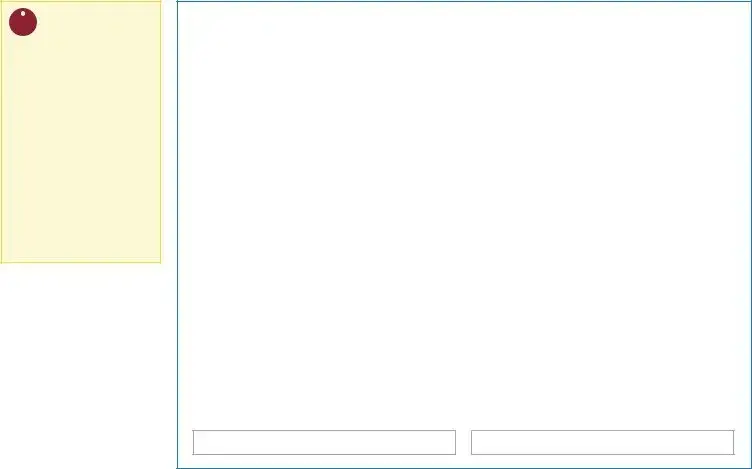Participant information: If participant information is incomplete, Lincoln
will use the information currently on file.
Authorization: Lincoln will process this request based on TPA authorization only. Lincoln will not screen for plan administrator/ employer’s signature or QDRO orders.
TPA distribution fees are established at plan setup, deducted automatically at the time of withdrawal, and included in the aggregated monthly fee sent to the TPA. For recurring distribution payments, the fee will be assessed only for the initial withdrawal.
Plan administrator or TPA return all documents to:
•FAX
Lincoln Retirement Services Company, LLC 260-455-9975
•MAIL
Lincoln Retirement Services Company, LLC
P.O. Box 7876
Fort Wayne, IN 46801-7876
•EXPRESS MAIL
Lincoln Retirement Services Company, LLC
1300 South Clinton St. Fort Wayne, IN 46802-3506
IMPORTANT INFORMATION
There are restrictions on the amount that can be withdrawn from the Lincoln Fixed Account/Lincoln Stable Value Account/ Lincoln Stable Value Separate Account in a 12-month period. Transfers from the Lincoln Stable Value Account/Lincoln Stable Value Separate Account may be subject to a 90-day equity wash.
Lincoln Financial Group® affiliates, their distributors, and their respective employees, representatives, and/or insurance agents do not provide tax, accounting, or legal advice. Clients should consult their own independent advisor as to any tax, accounting or legal statements made herein. We recommend that you consult a tax advisor regarding the distribution rules as they pertain to your personal circumstances.
Third party administrator (TPA) use only. 
Complete the following information:
yy If the employee is no longer working, provide the date of severance
|
(mm/dd/yyyy) |
|
/ |
|
/ |
|
|
. |
|
|
|
|
|
|
|
|
yy |
Is the employee 100% vested? |
Yes |
No |
|
|
|
|
If no, please provide the vested percentage: |
|
|
|
|
|
|
|
|
|
-- The employee’s vested percentage in employer match contributions is |
|
|
|
|
|
|
%. |
|
|
|
|
|
|
|
|
|
|
-- The employee’s vested percentage in other employer contributions is |
|
|
%. |
yy |
If applicable, please provide the amount to separate into the alternate payee account for a Qualified |
|
Domestic Relations Order (QDRO) |
|
|
|
|
|
|
|
|
|
|
|
|
|
|
|
. |
|
|
|
|
|
yy |
If applicable, please provide the QDRO fee $ |
|
|
|
|
|
|
|
|
|
. |
|
|
|
|
This fee will be applied to the (choose one): |
Participant |
Alternate payee |
I authorize Lincoln to proceed with the elections made on this form. |
TPA’s name |
|
|
Phone |
|
|
|
|
|
|
|
- |
|
- |
|
|
|
|
|
|
TPA’s authorization code |
|
|
Contact name |
IMPORTANT FRAUD NOTICE
Residents of all states except Alabama, Arkansas, Colorado, District of Columbia, Florida, Kentucky, Louisiana, Maine, Maryland, New Jersey, New Mexico, New York, Ohio, Oklahoma, Pennsylvania, Rhode Island, Tennessee, Vermont, Virginia and Washington, please note: Any person who knowingly, and with intent to defraud any insurance company or other person, files or submits an application or statement of claim containing any materially false or deceptive information, or conceals, for the purpose of misleading, information concerning any fact material thereto, commits a fraudulent insurance act, which is a crime and may subject such person to criminal and civil penalties.
For Arkansas, Colorado, Kentucky, Maine, New Mexico, Ohio, Rhode Island, Tennessee residents only: Any person who, knowingly and with intent to injure, defraud or deceive any insurance company or other person, files an application for insurance or statement of claim containing any materially false information or conceals, for the purpose of misleading, information concerning any fact material thereto commits a fraudulent insurance act, which is a crime and may subject such person to criminal and civil penalties, fines, imprisonment, or a denial of insurance benefits.
For Alabama and Louisiana residents only: Any person who knowingly presents a false or fraudulent claim for payment of a loss or benefit or who knowingly presents false information in an application for insurance is guilty of a crime and may be subject to restitution fines or confinement in prison, or any combination thereof.
For District of Columbia residents only: WARNING: It is a crime to provide false or misleading information to an insurer for the purpose of defrauding the insurer or any other person. Penalties include imprisonment and/or fines. In addition, an insurer may deny insurance benefits if false information materially related to a claim was provided by the applicant.
For Florida and New Jersey residents only: Any person who knowingly and with intent to injure, defraud, or deceive any insurer files a statement of claim or an application containing any false, incomplete, or misleading information is guilty of a felony of the third degree.
For Maryland residents only: Any person who knowingly or willfully presents a false or fraudulent claim for payment of a loss or benefit or who knowingly or willfully presents false information in an application for insurance is guilty of a crime and may be subject to fines and confinement in prison.
For Oklahoma and Pennsylvania residents only: Any person who knowingly and with intent to defraud any insurance company or other person files an application for insurance or statement of claim containing any materially false information or conceals for the purpose of misleading, information concerning any fact material thereto commits a fraudulent insurance act, which is a crime and subjects such person to criminal and civil penalties.
For Vermont residents only: Any person who knowingly presents a false statement in an application for insurance may be guilty of a criminal offense and subject to penalties under state law.
For Washington residents only: It is a crime to knowingly provide false, incomplete, or misleading information to an insurance company for the purpose of defrauding the company. Penalties include imprisonment, fines, and denial of insurance benefits.
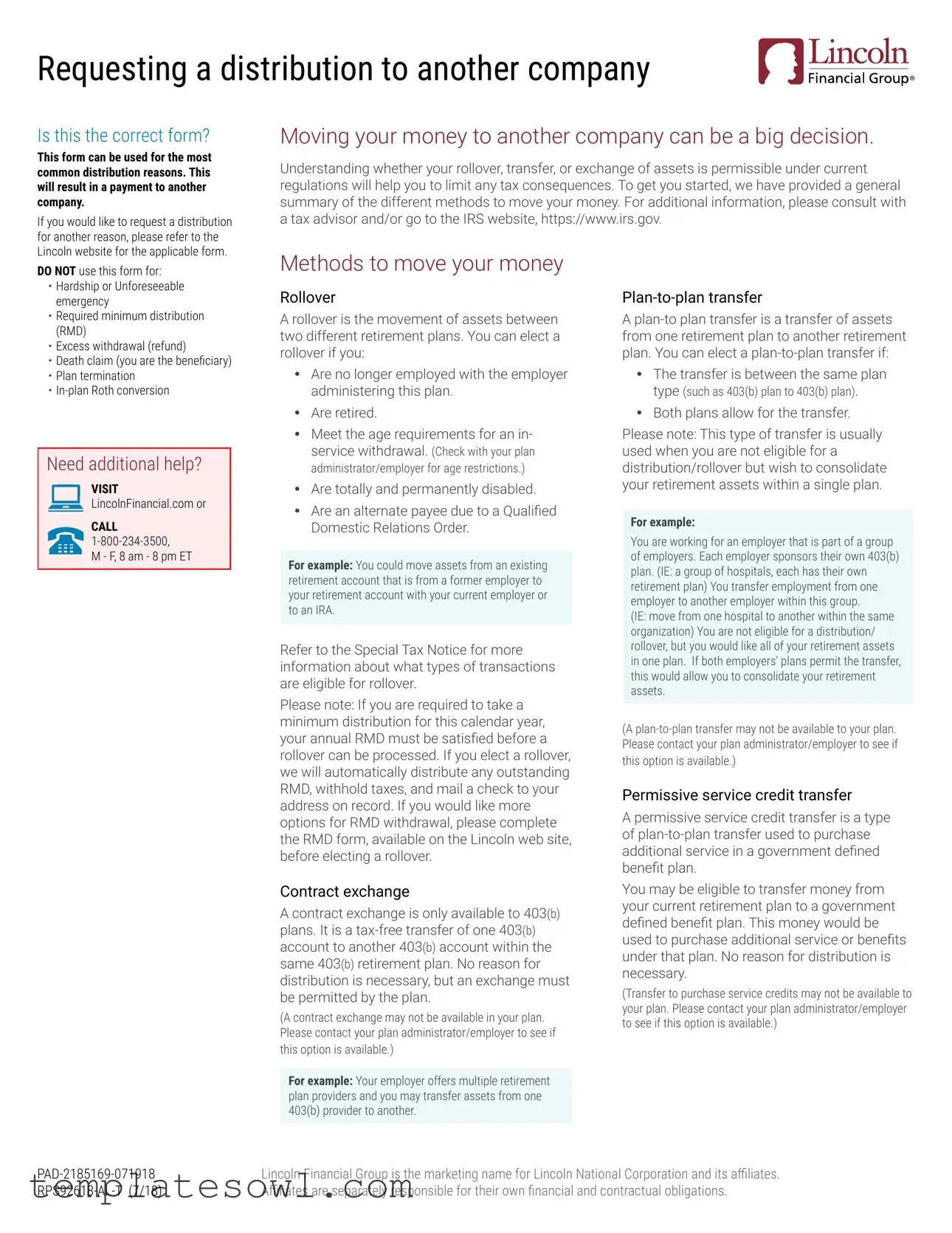
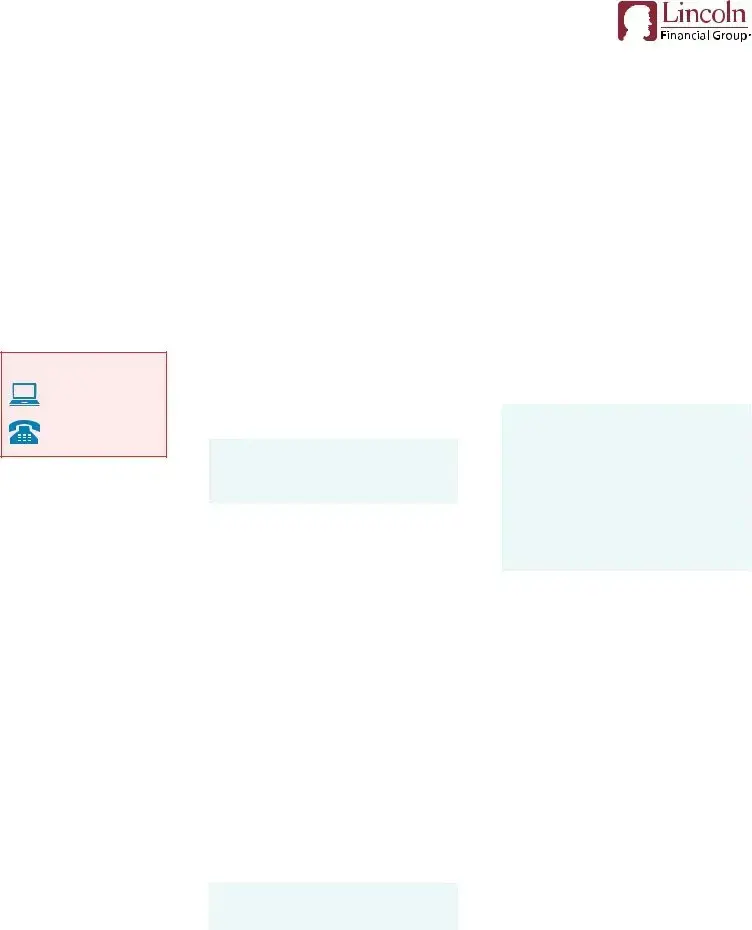
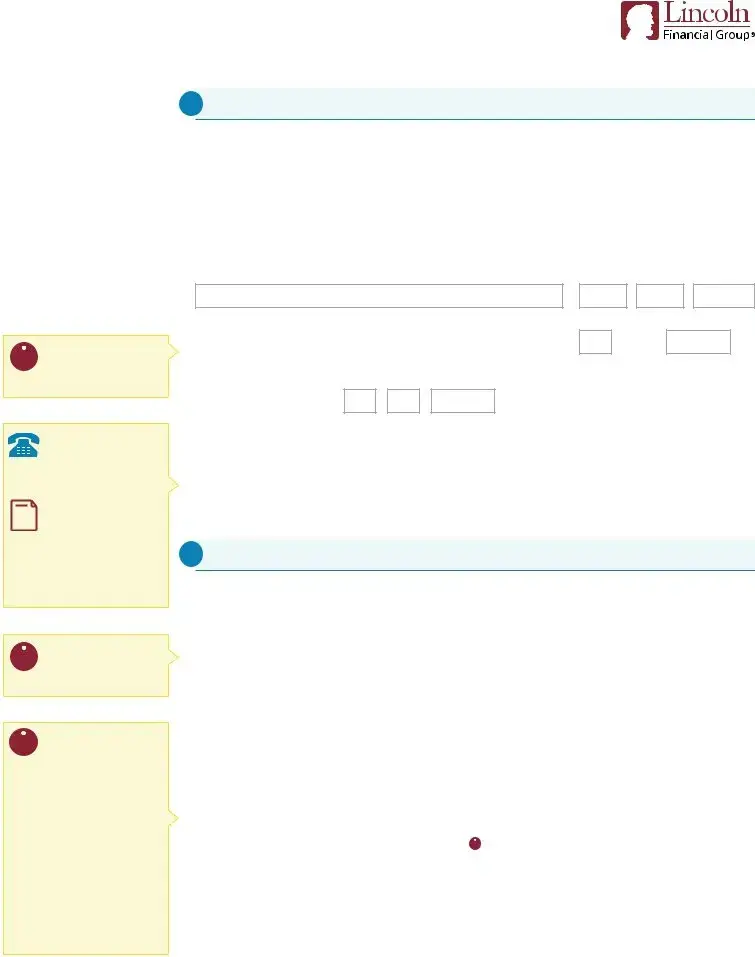


 permanently disabled:
permanently disabled: 

 I am totally and permanently disabled.
I am totally and permanently disabled. 





 Defined benefit plan
Defined benefit plan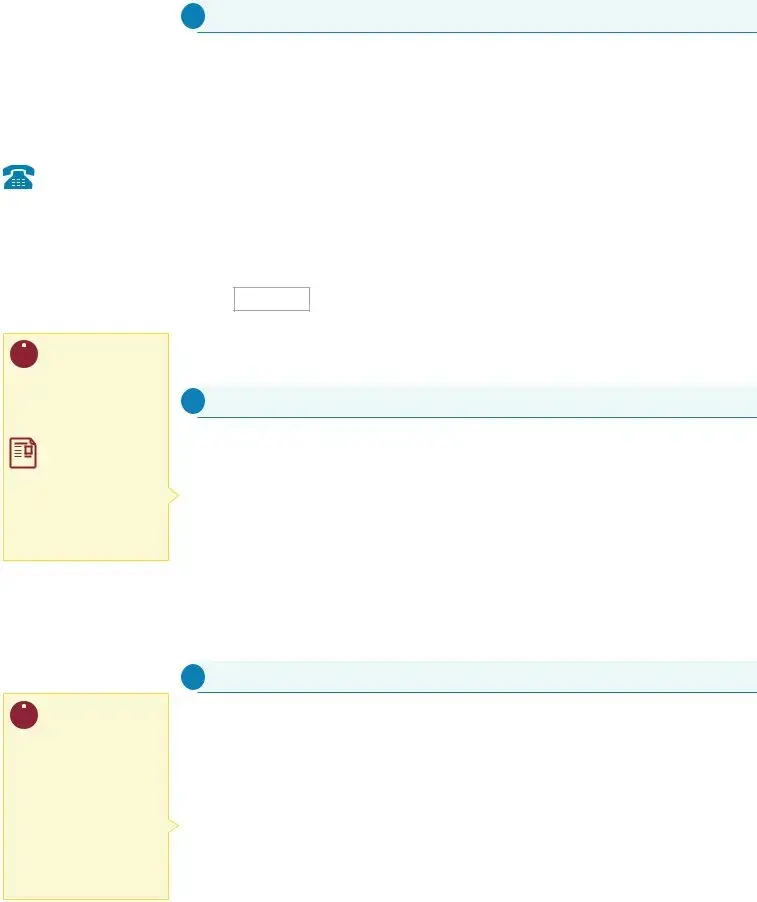


 check or a verification of deposit from your financial institution is required.
check or a verification of deposit from your financial institution is required.
 Savings
Savings 


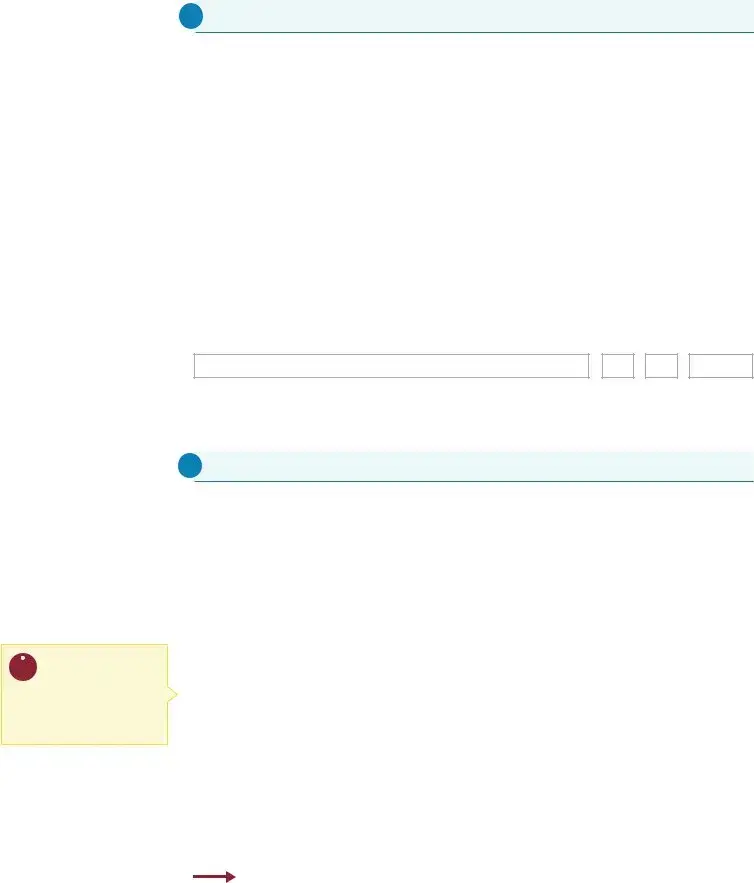
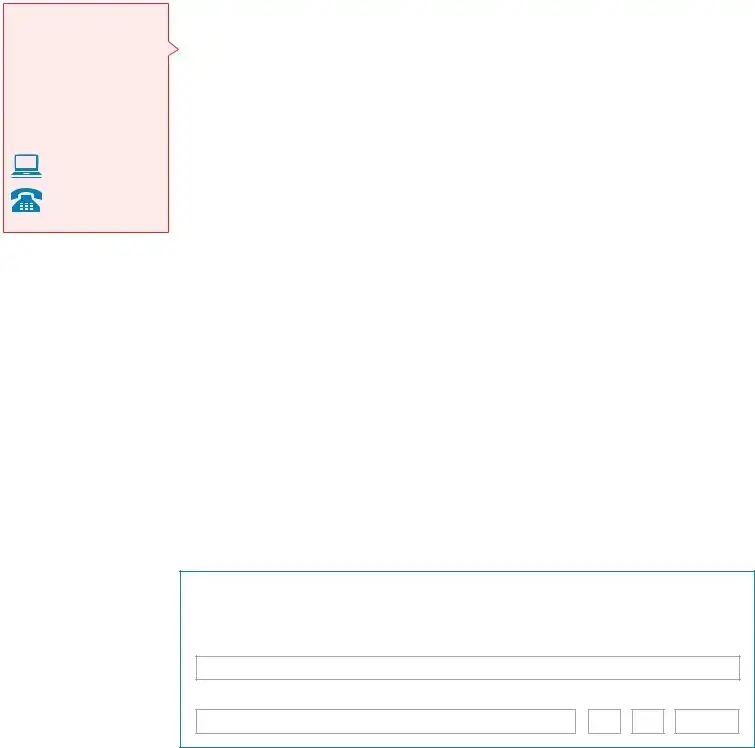

 Print, sign and date this form?
Print, sign and date this form?
 Attach any necessary documents?
Attach any necessary documents?
 If faxing, include both the front and back of ALL pages of the form?
If faxing, include both the front and back of ALL pages of the form? Continue to the next page for additional instructions.
Continue to the next page for additional instructions.